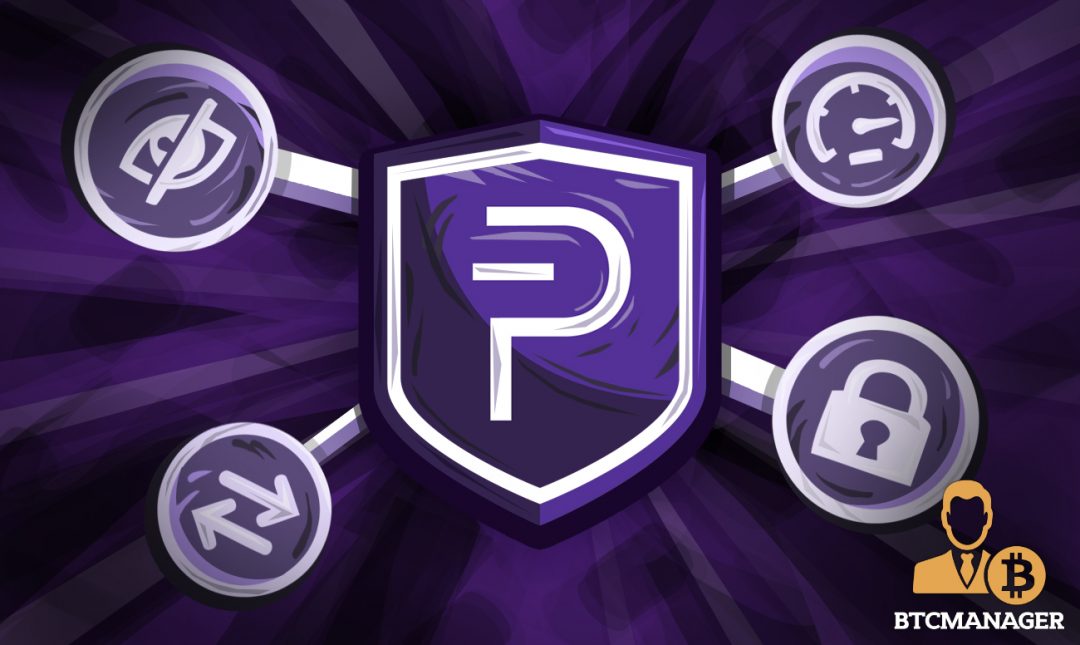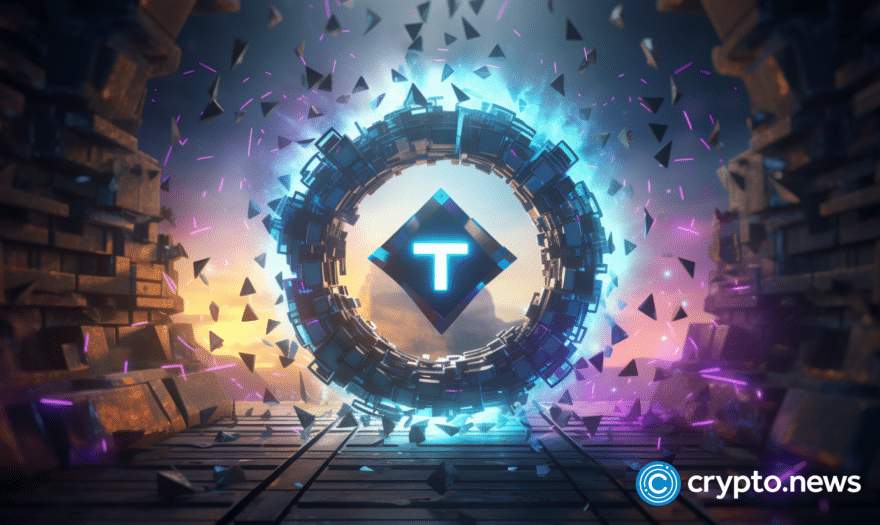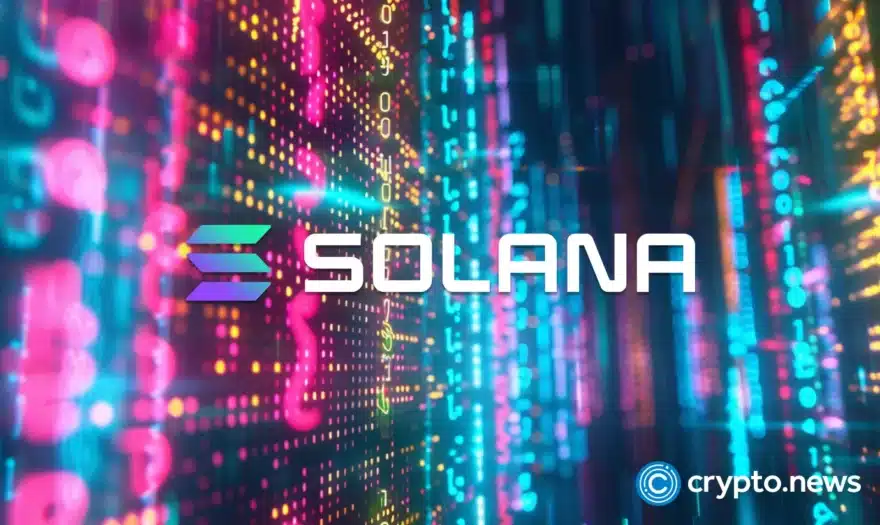PIVX Makes History with New Light Node Zerocoin Protocol

Privacy-centric cryptocurrency project PIVX has announced the release of a new light node Zerocoin protocol. The protocol has been in the pipeline for a while and is the first-ever implementation of Zerocoin that confers full functionality to low resource machines.
The light node Zerocoin protocol allows light nodes to have access to zPIV minting and spending functionalities that are available to full nodes. Before this, only full nodes were able to create new zPIV coins.
PIVX developer, Matias “Furszy” Furszyfer, is credited as the creator of the protocol who shares his enthusiasm about the new protocol in a press release, in which he said:
“I’m just really happy to enable Zerocoin on light nodes. There are not many people that can say what I just said. Fact is that I am the first one.”
How Does It Work?
Zerocoin is one of the most studied and vetted decentralized privacy protocols with over 500 projects utilizing the open-source code as part of the underlying code of their digital currencies. The protocol was initially carried out by cryptographers at the John Hopkins University.
A team of researchers led by professor Matthew D. Green developed the Zerocoin protocol in 2013. With the protocol, the team was aiming to better the world’s leading digital currency, bitcoin, by introducing anonymity to its transactions. While the protocol was initially developed for use in the Bitcoin network, Zerocoin can be integrated into the code of any cryptocurrency.
The Zerocoin protocol functions like an inbuilt mixing service. The protocol allows users to burn old tokens and mint new coins. This process provides a new token with no discernible history, providing privacy to its holder. Additionally, the protocol employs zk-SNARKs (Zero-Knowledge Succinct Non-Interactive Argument of Knowledge) to verify sanctions.
The Zerocoin protocol went live on PIVX on October 16, 2017, making it the first Proof-of-Stake (PoS) cryptocurrency to implement the Zerocoin protocol. The PIVX tokens that utilize the protocol are called zPIV. PIVX allows users to choose between its two tokens, PIV and zPIV when transacting. The project also supports both public and private staking through the Zerocoin protocol after enabling the zPoS (Zerocoin Proof-of-Stake) consensus mechanism on May 8, 2018.
PIVX explains how the Zerocoin protocol is useful with regard to preserving the privacy of users. The white paper states:
“The Zerocoin protocol breaks transaction traceability by using RSA accumulators, Pedersen commitments, and a predefined set of coin denominations to burn (mint) and create (spend) new, exactly equivalent value coins. These new coins are delinked from the transaction history graph, preventing graph analysis, all without the need to introduce trusted parties.”
While the Zerocoin protocol confers significant privacy-focused features to all the tokens that utilize it, it was designed for use on full nodes. As a result, light nodes, nodes which do not download the entire blockchain, were unable to use zPIV tokens. However, with the new protocol, light nodes can have access to more functionalities. Using Furszy’s software, Zerocoin light nodes can complete both mints and spends without having to access and download the entire ledger of the coin.
In general terms, light nodes work by downloading the block headers and using the longest chain as their base and adding only to the longest chain. These nodes will broadcast any transactions either by choosing a trusted node or through random nodes. However, because Zerocoin is a privacy protocol, this approach was improbable as it compromises the anonymity and privacy of a node and the relevant transaction.
To remedy this and create an iteration of the Zerocoin protocol that supports light nodes, Furszy constructed a method through which it is possible to outsource parts of an operation without compromising anonymity in doing so. As explained by the whitepaper, the Zerocoin light node protocol works through a “Probabilistic Private Multi-Party Computation protocol, which allows us to outsource the public parts of the witness calculation to full nodes, reducing the computational burden on light nodes and making it possible for them to perform Zerocoin spend transactions.”
In simple terms, this means that users can choose nodes with full functionality to process their transactions. Using some of the limited data that they have access to, especially the value of the regular accumulator checkpoint that occurs after every certain number of blocks, light nodes can outsource the calculation that generates a valid witness for the accumulator proof of knowledge to one or more full nodes.
Full nodes, by definition, have direct access to all the data required, as well as the computational capacity, to process transactions and provide consensus.
The ZLN protocol preserves privacy and security for the tokens on light nodes. Light nodes will split the calculations between some nodes, with each full node providing only a partial estimate. Even in the case of collusion, the full nodes can break transaction privacy and decipher the coins being minted or spent.
While the ZLN protocol raises significant concern in terms of scalability, especially as more light nodes begin to participate in the network, and as the lack of an incentive framework for the full nodes which may be chosen to perform partial computations, it is a significant step for the Zerocoin protocol and all the tokens that utilize it.
Developers familiar with the Zerocoin protocol have been working on allowing light nodes access to full functionality. With Furszy’s creation, PIVX is now able to provide this to its users. The main PIVX software has already been amended with the ZLN protocol, and the plans to apply the changes to the PIVX core wallet are already underway, as is evidenced by the pull request on Github.
PIVX is keen to reiterate that the protocol is robust and is already functioning effectively. PIVX developer, Jay Kim, told BTCManager in an email:
“It has already been privately tested and working on the PIVX mainnet. (I also have tested it on my mobile) So, this isn’t some theory-only whitepaper but a paper on a protocol that has already been coded and tested working on mainnet.”
The Significance of the Development
The ZLN protocol is significant for the entire cryptocurrency sector. As stated earlier, there are a number of digital currencies that employ the Zerocoin protocol. These tokens are now able to provide full functionality to light nodes. It is important to note that light nodes can be computers that do not or cannot download the entire public ledger on mobile phones.
The PIVX team has been keen to fully cater to the subset of their users who can only access the network through mobile phones. The project launched a mobile wallet last year, which played a significant part in helping to grow its popularity as well as its user base.
Elisha Owusu Akyaw, a former PIVX team member, explained why light nodes are essential to the project: “The mobile wallet has been well received by the PIVX community as this marks an important milestone in the efforts by the team to increase the adoption of the private and instant currency. With the mobile wallet users who do not have access to computers or prefer mobile phones can be their own banks, helping us reach a different section of users.”
With this in mind, the ZLN protocol is the logical progression for light nodes such as mobile phones.
PIVX Launches zDEX
PIVX has been at the helm of continued innovation, which is why it has managed to gain positive traction from the wider cryptocurrency community.
PIVX recently announced the launch of its decentralized exchange platform called zDEX. zDEX is a peer-to-peer cryptocurrency exchange that employs the masternode network from PIVX to facilitate order book matching as well as multi-signature escrow accounts.
Trades on zDEX utilize zPIV to provide privacy and anonymity. The “z” in its name stands for the Zerocoin protocol which is essential to the entire platform. The decentralized exchange is accessible through the application provided by the project. The app is currently available for Linux, Windows, and iOS operating systems and users do not need to run nodes on the PIVX network to access the zDEX platform.
To minimize the risk of order manipulation, the exchange has an inbuilt failsafe mechanism. Orders placed expire after 24 hours, unlocking the users’ funds and allowing them to use them. This mechanism prevents the indefinite freezing of a users’ funds if all the signatures required in a multisig transaction are unavailable.
The zDEX is still in the early stages of development. It is currently at alpha stage and is being run on a testnet. However, once the PIVX developer team has completed testing and officially launches a fully functional anonymous DEX, this is likely to have a significant impact on PIVX’s value.











